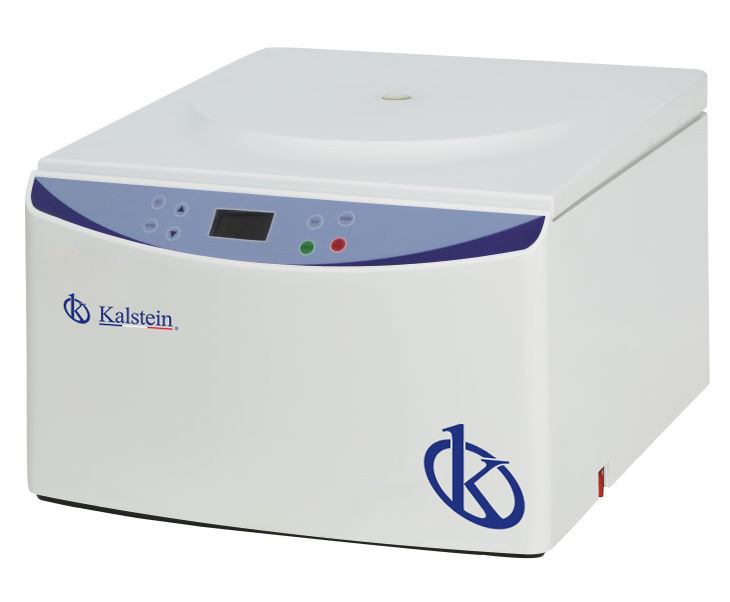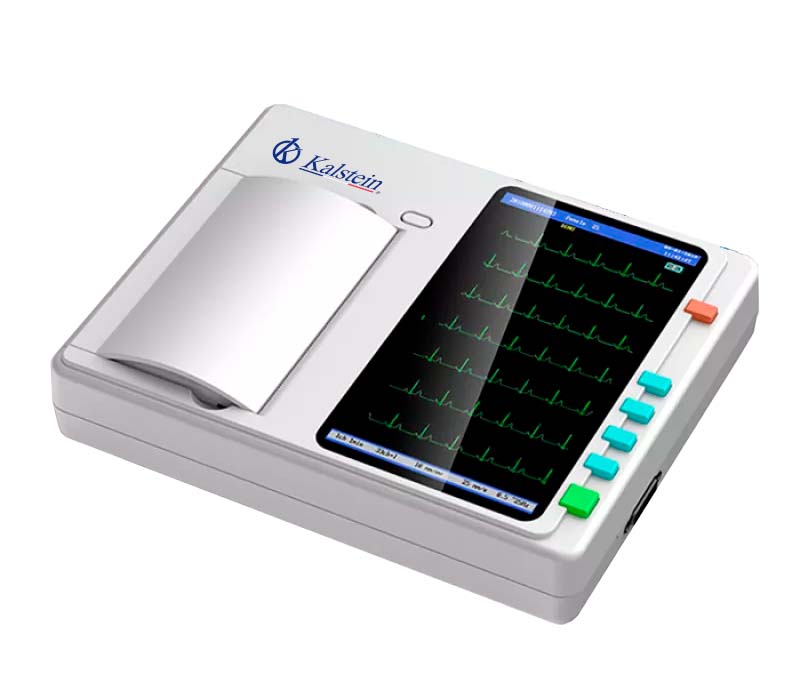Using a laboratory centrifuge is one of the essential tools in research, helping medical and pharmaceutical professionals separate organic or suspended solid samples into liquids. Laboratory centrifuges are intended to separate these materials from the application of centrifugal force and this process can be used to determine the content of samples as well as to separate different types of raw materials.
The laboratory centrifuge is not a simple device used for medical diagnostic purposes, but a complex equipment composed of a mechanized and electronic system operating at high speeds. To ensure maximum safety and the best results for accuracy and reliability, there are a number of factors that need to be considered. Knowledge of these factors will allow team operators to obtain the best possible results.
How do the factors associated with the construction, noise level and control capacity of the centrifuge affect the results of the analysis?
The first thing to consider is the quality of the construction, as it is one of the first things to look for when selecting the right centrifuge for a specific application, and is inherent to the design and quality of the materials used in its manufacture. This involves not only choosing equipment that is professionally designed and manufactured, but also that has the right technology and high-quality parts to ensure reliability, accuracy and safety in its operation.
Another aspect is silent operation. Laboratories have to operate in a very quiet environment to achieve accurate results, so centrifuge equipment must operate under minimum noise conditions. For this reason, engines are required to be quiet and have a noise level that does not interfere with the daily operations of the laboratory.
Finally, there is the ability to control. Laboratory centrifuge users must have extensive control capability to be able to adjust operating parameters, such as test limits and centrifuge location, to achieve the best results. This can only be achieved with a sophisticated and stable control platform that offers the right level of security.
Other key factors: responsiveness and security
The ability to respond quickly must be mentioned. In order to achieve accurate and reliable results, the centrifuge should be able to respond immediately to changes in environmental parameters and conditions. This is achieved with an automated control system that allows the centrifuge to be immediately and precisely adjusted to the parameters specified for the operation. In addition, the centrifuge start time should be as fast as possible so that measurement errors do not occur as a result of slow response times.
Finally, you have the security control system. The risk of injury associated with the use of laboratory centrifuge is directly related to the safety control. The machinery must have state-of-the-art safety control systems to deal with emergency situations and situations of potential risk in the use of the centrifuge.
To conclude, when purchasing the laboratory centrifuge, users must take into account all these factors. Investing in quality equipment with the best levels of safety allows scientists to obtain reliable and safe results, which are fundamental to the final outcome of any experiment. The ultimate goal is to do a safe and accurate job, so investing in the best possible laboratory centrifuge, considering all the factors described above, is imperative for achieving this goal.
The quality of Kalstein centrifuges
Kalstein stands out as a manufacturer of laboratory instruments of excellent quality, such as centrifuges, which are widely used in medical, biochemical and chemical analysis laboratories. Among its most outstanding features are its low noise level and security systems that give the analyst the confidence to work safely. The variety of centrifuges on sale can be detailed in the links HERE and HERE . There you can check the prices and the purchase methods.




